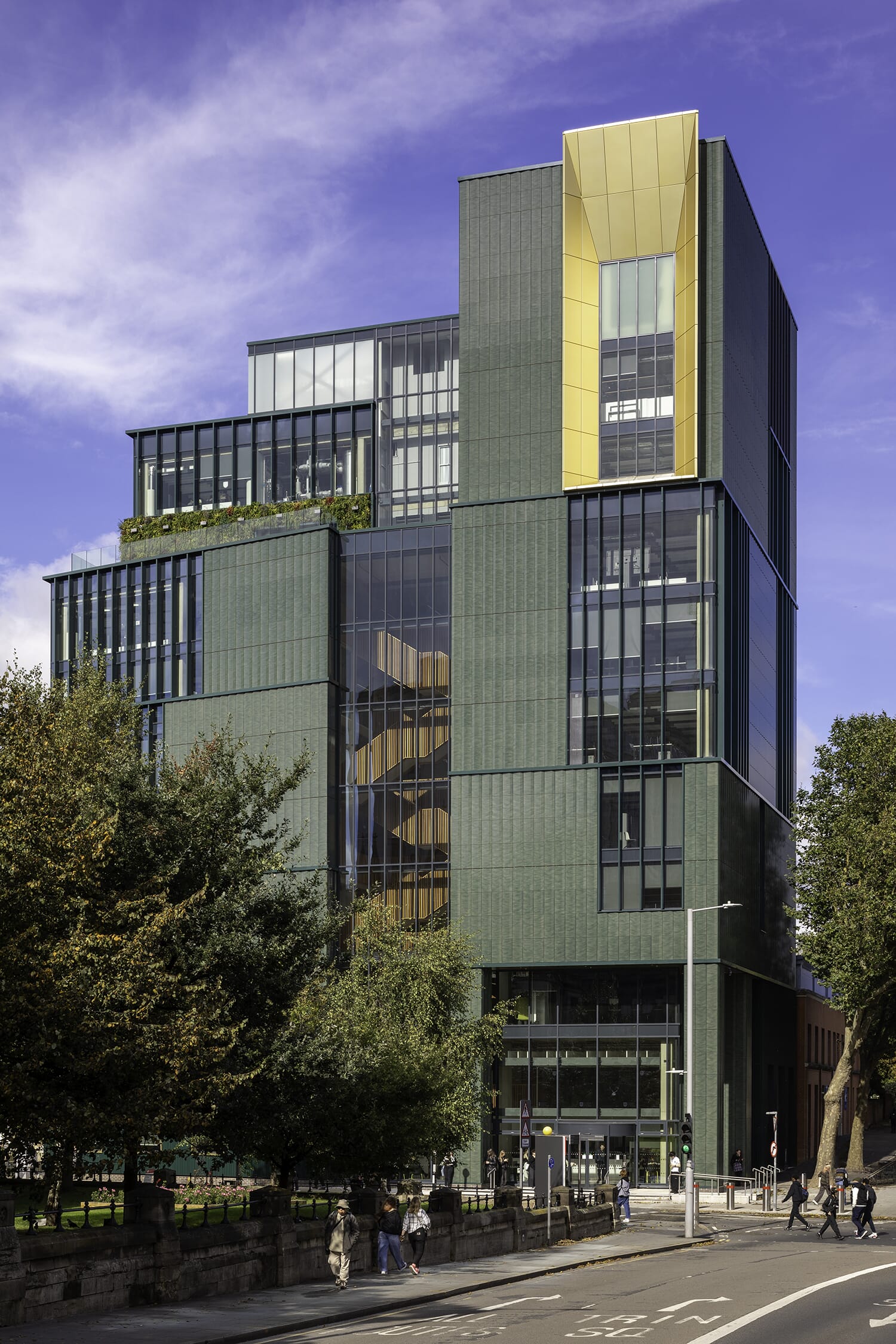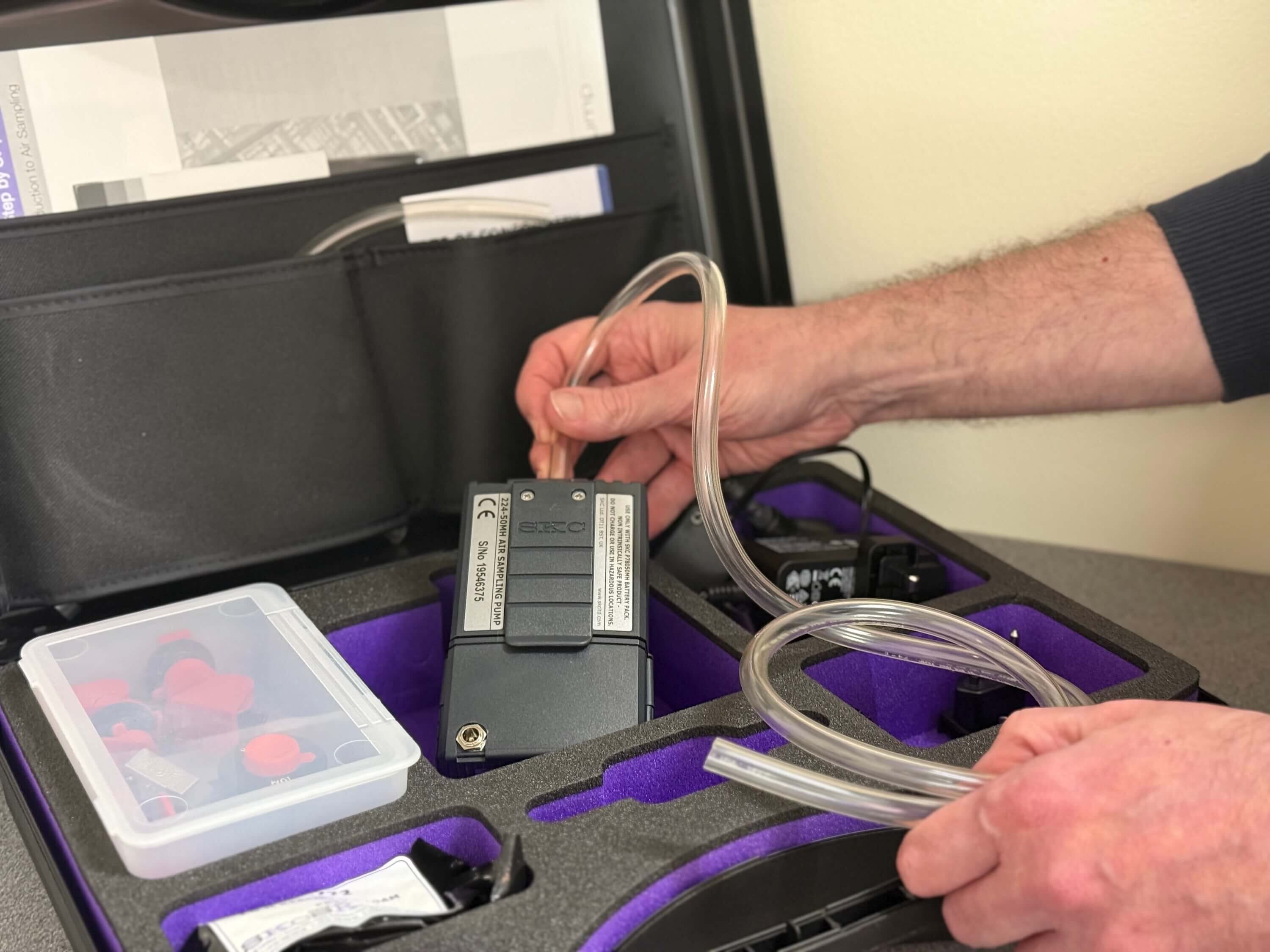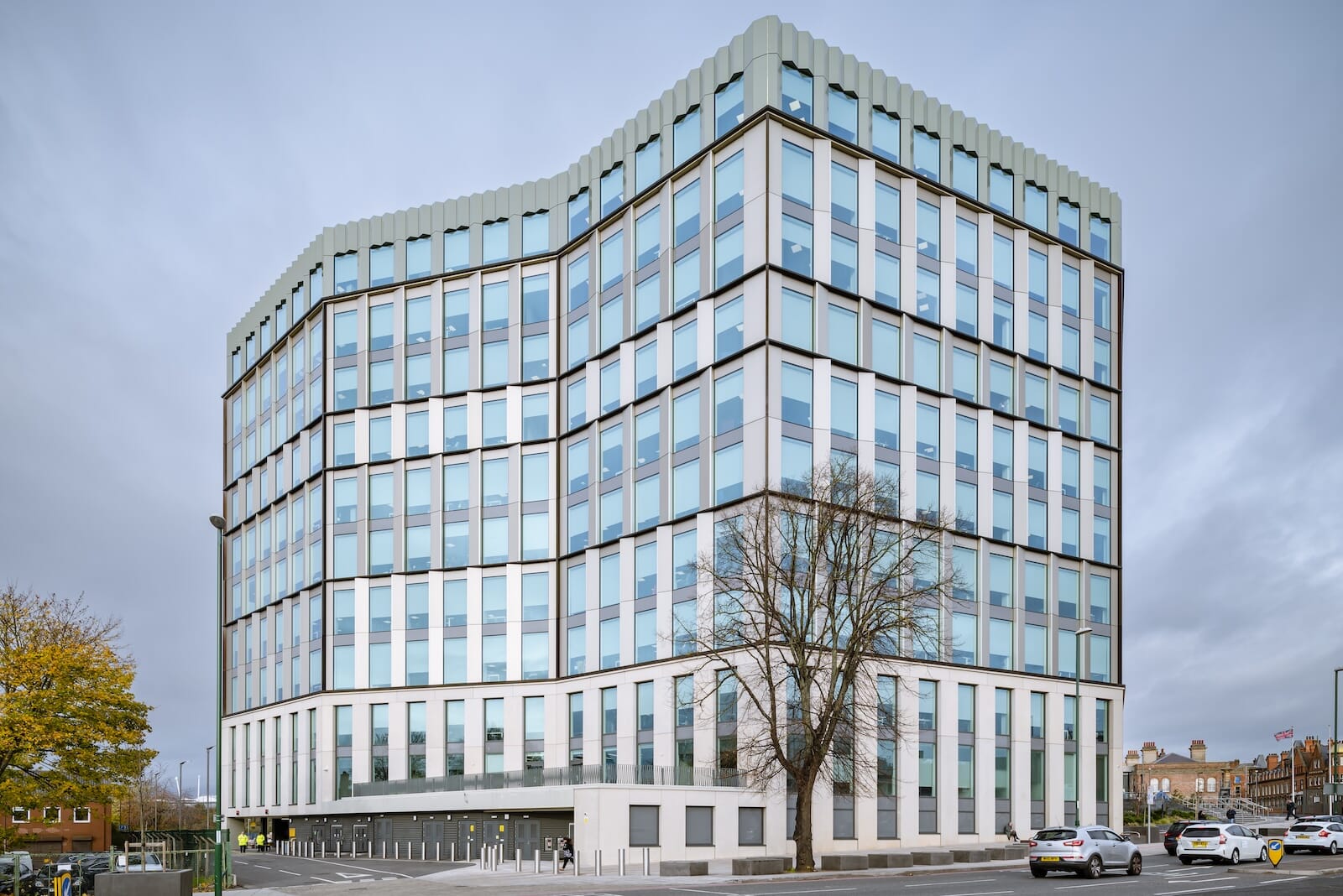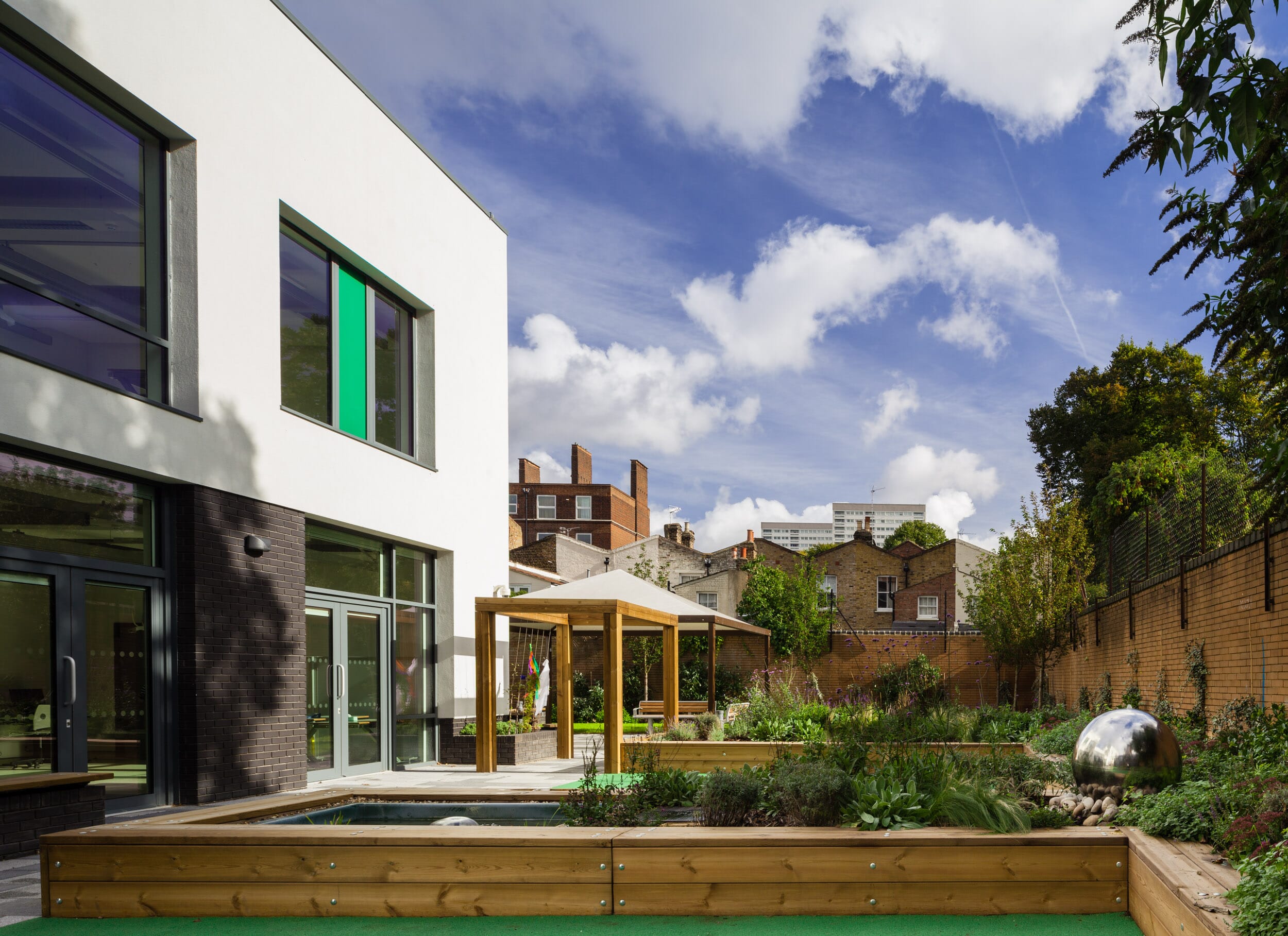What is VOC testing and why it matters for BREEAM compliance
Did you know that indoor air pollution was responsible for around 3.2 million deaths in 2020? VOC testing allows you to improve the health and wellbeing of building occupants - here’s how.


Did you know that indoor air pollution was responsible for around 3.2 million deaths in 2020? Today’s buildings must do much more than just stand tall; they need to improve the health and wellbeing of the people that occupy them.
One of the key ways to measure the health of an indoor space is through Volatile Organic Compound (VOC) testing. But what actually is VOC testing, and how does it help projects achieve BREEAM indoor air quality credits? In this guide, we explore everything you need to know about VOC testing, so you can create future-ready buildings where people will thrive for years to come.

What is VOC testing?
VOC testing involves detecting and measuring the concentration of volatile organic compounds in indoor air. VOCs are a group of carbon-based chemicals that evaporate at room temperature, meaning they can’t be seen by the human eye. While some VOCs are harmless, many common chemicals such as formaldehyde, benzene, and toluene are a source of pollution that can be hazardous to human and environmental health.
Specific sources of VOCs in buildings include:
- Decorative paints, varnishes, and adhesives
- Flooring, carpets, and furniture
- Cleaning products and air fresheners
- Office equipment such as printers and copiers
When should VOC testing take place?
VOC levels often spike during the construction and renovation of buildings, so tests should be conducted after construction is complete but before a building is occupied. It’s crucial to ensure that you get the timing right. Testing too early might give a false low reading, as VOCs are still being released from construction products and materials within the building. But if you test too late, occupants may have already been exposed to the harmful effects.
Why is VOC testing so important?
Volatile organic compound testing isn’t just a tick-box exercise. Measuring VOC levels serves as a critical health-quality checkpoint for all occupants, as elevated concentrations can directly impact health in ways that are not easily identifiable. High VOC exposure has been linked to a wide range of symptoms, from eye and respiratory tract irritation to headaches and nausea. In some cases, chronic conditions can even arise from VOC exposure.
Meeting indoor air quality standards is a clear indicator that a building project has been designed with people’s needs at the forefront. It’s a significant achievement that helps to validate your team’s efforts and represents your commitment to creating a healthier indoor built environment. It also provides reassurance to clients and building users that occupant health and wellbeing has been prioritised from the outset.

The connection between VOC and BREEAM
BREEAM recognises the importance of indoor air quality as part of a building’s overall environmental impact. In fact, it has a dedicated Indoor Air Quality category under Hea 02, which awards credits to buildings that:
- Use low-emission materials such as formaldehyde-free MDF and plywood
- Implement a comprehensive Indoor Air Quality Plan
- Perform post-construction VOC testing
To secure BREEAM Hea 02 credits, a building must demonstrate that VOC levels fall within the thresholds set by the BREEAM New Construction technical manual. Air quality must be tested for Total Volatile Organic Compounds (TVOCs) and formaldehyde using standardised sampling protocols set out by accredited laboratories, to ensure they meet the strict standards required by BRE.
In short, VOC testing is essential for achieving a high or outstanding BREEAM score.
Comprehensive VOC testing solutions from Encon Associates
At Encon Associates, we offer a fully accredited VOC testing service that is specifically designed to improve indoor air quality within your building. Our VOC tests help projects across the UK to meet stringent BREEAM requirements, while also safeguarding human and environmental health.
We use the latest industry tools and techniques to measure Total Volatile Organic Compounds (TVOCs) and formaldehyde levels in your building. The results are then compiled into comprehensive reports that can be used to support BREEAM compliance, strengthen planning applications, and respond to environmental health queries.
But our input extends beyond just testing. We work closely with your design and construction teams from the early stages to develop detailed Indoor Air Quality Plans, as well as providing expert advice on appropriate mitigation measures. From early-stage consultancy to post-construction testing, we’re here to ensure that the air quality in your building meets the highest standards possible.
Get in touch to discover how we can help boost your building’s indoor air quality.
Call: 01159 875 599 or email:
The majority of VOCs are harmful to health, especially in high levels. Some VOCs are known to cause cancer and other health defects, therefore, any risk associated with VOCs must be minimised.
Encon Associates carry out two types of VOC testing. The first is Total VOC’s. This is a test of a full suite of VOC types that gives a resulting level in μg/m³. A level of equal to or less than 300μg/m³ is considered best practice. The second test that we carry out is Formaldehyde testing. A level equal to or less than 100μg/m³ is considered best practice.
The key considerations in a VOC test include ensuring that sample rooms are assessed under the conditions they will be utilised and maintaining strict procedures to eliminate any risk of contamination during testing. All tests must be completed using calibrated equipment and uncontaminated test samples.
A VOC test is conducted under controlled conditions via pumped sampling within strategic rooms of a development. A sample is taken over a set duration at a set pumping volume, and the sample is analysed for its quantity of VOC within the air. The analysis is carried out in specialised labs under UKAS-accredited and controlled conditions to ensure accuracy.
A VOC test is required when a building needs to meet a minimum compliance requirement when it comes to air quality of its users.
My experience with Encon Associates has been very positive, they were responsive with regards to our special requests and I would not hesitate to purchase their services again and would recommend them to our partners and clients.




